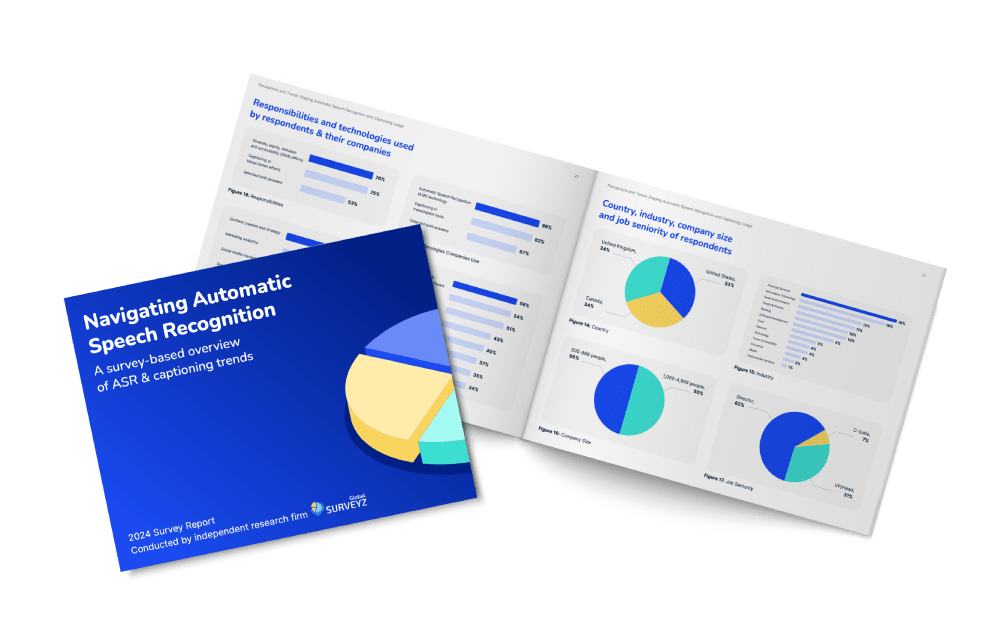Though statistics show that the number of students in higher education with a known disability is increasing, this group often remains an underrepresented segment of the student population.
Recent data from the UK shows that a little more than 17% of UK university students said they had a disability of some kind. This figure suggests an increase from 2017, when it was just 13.2%.
In the US, data shows that students with disabilities made up 15% of national public school enrollment during the 2021-22 school year, up from 13% of overall enrollment just 10 years earlier.
With a growing number of students (as well as staff and researchers) in higher education reporting a disability, it’s important that universities develop specific strategies to ensure accessibility and inclusion inside the classroom and throughout the campus to help students achieve their academic goals.

Inclusion for All
An article in Times Higher Education highlights some of the steps that universities can take to promote inclusion for students and staff who are disabled. The suggestions include:
Relying on the feedback and advice of students and staff with disabilities
Asking students and staff questions about what they need or would like to see at schools and universities when it comes to access is important. While some might feel nervous or uncomfortable with sharing their experiences or insights, schools can offer anonymous online surveys to gather opinions.
Avoiding assumptions
It’s important not to make assumptions about what students and staff can and cannot do or what they do and do not need help with. Asking questions like ‘What can the university do to support you better?’ or ‘How would you prefer to communicate any difficulties you’re facing?’ can go a long way toward opening a good line of communication and informing education leaders of what improvements are needed.
Making campus events (and the campus itself!) accessible
It’s important to think about how easy or difficult it is for students and staff who are blind or with low vision or who use wheelchairs or other mobility aids to get around. Things to consider include building accessible entrances, exits and bathroom facilities and removing obstacles (decorative or otherwise) from the hallways.
Schools should also consider incorporating captions and transcripts in classes and school-wide events, such as graduations, lectures and special presentations.
In addition to making content accessible for students who are Deaf or hard of hearing (DHOH), captions and transcripts help make content, such as live and prerecorded video or lecture materials, more engaging for all. Captions and transcripts can be valuable tools for teachers to address the diverse learning needs of all students and helpful for educators looking to differentiate their lessons.
Much in the same way that captions and transcripts provide a visual tool for individuals in the DHOH community to experience sound, audio description provides an audio means for people who are blind or with low vision to experience video. Adding audio description to video course materials provides an additional resource to students, helping them focus on the material, increasing in-class engagement and offering another way for teachers to connect.
Access is Not an Afterthought
Advocates stress that disability inclusion should not be treated simply as an “add-on,” but, rather, needs to be an essential piece of the higher education puzzle.
The Disability Inclusion Institutional Framework, which highlights the importance of promoting students with disabilities and the role educators play in facilitating this, outlines a checklist for higher ed leaders interested in promoting inclusion. The suggestions are based on a review of approximately 500 articles from an initial database of approximately 11,000 peer-reviewed academic papers on disability inclusion from 50 countries.
It features several key considerations for education leaders, including:
- Developing and promoting a resource and research database on disability inclusion.
- Featuring disability awareness training within all training opportunities.
- Mainstreaming assistive technologies and providing training for students and staff.
- Working with students, families, and teachers to ensure they have the skills and knowledge to navigate disability inclusion processes in higher education.
- Promoting academic and professional mentoring, early internship opportunities, and access to wider academic and social networks.
Schools and universities (as well as corporations, governments, organizations and individuals) that embrace inclusion as a core piece of their day-to-day operations and invest in accessible infrastructure, technology and policies take a large step forward in creating inclusive cultures.

Work with a Trusted Partner
With Verbit, it’s easy to create more accessible classrooms and learning spaces. Our solutions are designed to increase student engagement and satisfy disability requirements.
We’re a trusted partner for all university transcription and captioning needs. Our reliable speech-to-text tools help students participate in class discussions, our live captioning helps students follow their professors’ lectures and our live transcription provides students with helpful note taking services.
Verbit offers a wide variety of customer-specific solutions and provides seamless integrations across a variety of platforms – all just a mouse click away. Contact us today to learn more.




